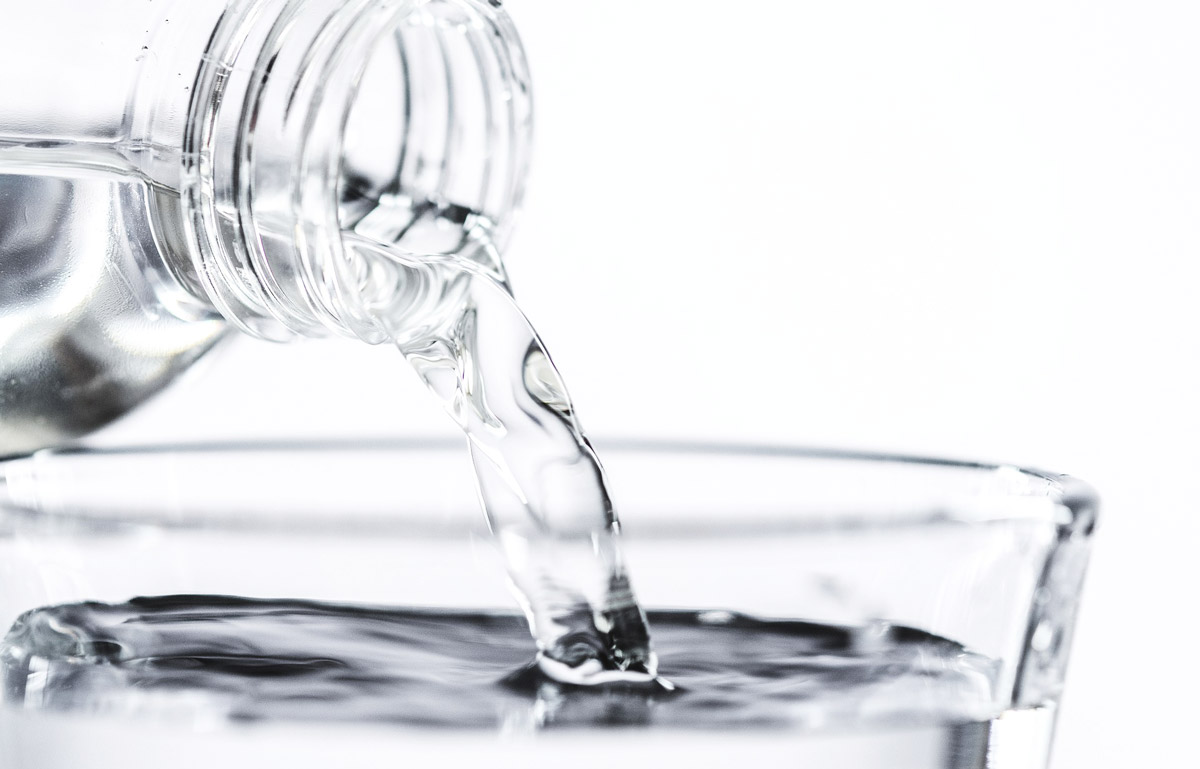What type of water are you drinking this summer? We hope you’re staying hydrated!
July and August typically bring the warmest temperatures of the year in the United States and most of the country has had quite the heat wave this July. With that in mind, we’ll tell you the same thing we always tell you—drink more water! Summer is certainly the time of year when most of us like to be outside enjoying the warm weather, but it’s important to stay hydrated—especially when the warmer temperatures can sap you of your energy pretty quickly. It bears repeating—don’t wait until you’re thirsty to get hydrated! If you’re out on the golf course, lying on a beach, fishing on a lake, or doing anything else outside, keep plenty of drinking water on hand to keep yourself hydrated. That begs the question, what type of water should you be drinking?
Last month we gave you a tutorial on bottled water. We talked about the types of water available, why they taste differently and the differences between bottled and tap water. This month we’re going to expound on that a little bit and tell you what’s in your water.
Purified Water
Purified water is water that comes from any source, but has been purified to remove any pathogens, chemicals or contaminants. Types of water purification include reverse osmosis, distillation, deionization, reverse osmosis, and carbon filtration. The biggest advantage of purified water is that potentially harmful chemicals are taken out, which not only makes it a safer choice, but it also provides a cleaner, crisper taste. A lot of purified water that goes through reverse osmosis also has good minerals added back into the water. All water that is fit to be consumed goes through some type of filtration process, but in the case of purified water, the standards of filtration and treatment are far stricter.
Spring Water
According to the FDA, spring water is derived from an underground formation from which water flows naturally to the surface of the earth at an identified location. A spring is different from a river, lake or stream in that it forms in nature when water flows from an aquifer beneath the earth up to the surface.
Also known as artesian or well water, spring water is a type of water that consists of varying degrees of minerals, one of the most important of which is bicarbonate. Bicarbonate is present in all of our organs and biological fluids and acts as a buffer to sustain the proper pH level in the body. It plays a vital role in overall health maintenance– bicarbonate may prevent kidney stones and lessen fatigue in athletes. Our stomach secretes bicarbonate to aid in digestion.
Spring water also contains varying levels of sodium, calcium and magnesium. When sodium moves between individual cells, it helps produce electrical signals that allow the brain to communicate with the central nervous system and muscles. Calcium aids in both bone and dental health and also helps in blood clotting and muscle development. Magnesium plays a crucial role in energy production, control of muscular contractions and the transmission of nerve signals.
Fluoridated Water
The addition of fluoride to water helps reduce tooth decay. Fluoridated water contains fluoride at a level that is effective for preventing cavities. Fluoridated water operates on tooth surfaces—in the mouth it creates low levels of fluoride in the saliva, which reduces the rate at which tooth enamel demineralizes and increases the rate at which it re-mineralizes in the early stages of cavities. Fluoride in water has no impact on its look, taste or smell.
Distilled Water
In the process of distillation, the pure H2O is boiled out of its contaminants. As the water (with its contaminants) is boiled, the pure water turns into steam and is captured and cooled and thus becomes distilled water. The junk left behind is all of the contaminants. Bottled distilled water is especially important in regions where water resources or tap water is not suitable for ingesting without boiling or chemical treatment.
Caffeinated Water (Water Joe!)
If you look at the ingredients of other energy drinks and caffeinated beverages, they can tend to read like a long chemistry book. Water Joe is energy at its simplest form: Water + Caffeine. No sugar, no artificial sweeteners, no color, no taste. What else is there to say? It’s just responsibly sourced type of water with a kick of caffeine.
Flavored Water
Did you know that 20 percent of Americans dislike the taste of water? Obviously, much of that depends on the type of water you’re drinking and where it comes from, but that number certainly prompted a spot in the market for flavored water. Most flavored waters do include artificial sweeteners (thus the taste), which are completely fine as long as they’re not overdone. Most flavored waters also include vitamins and minerals—so be sure to check out which ones are in a flavored water you like to be sure you’re maintaining a proper intake.
Drink More Water!
No, 25 years ago, nobody would have suspected there would be so many different types of water to choose from. The bottom line is that, whatever water choice you prefer, you should be drinking more of it—especially if you are active in the summertime. Stay hydrated with whichever type of water is you preferred choice!
